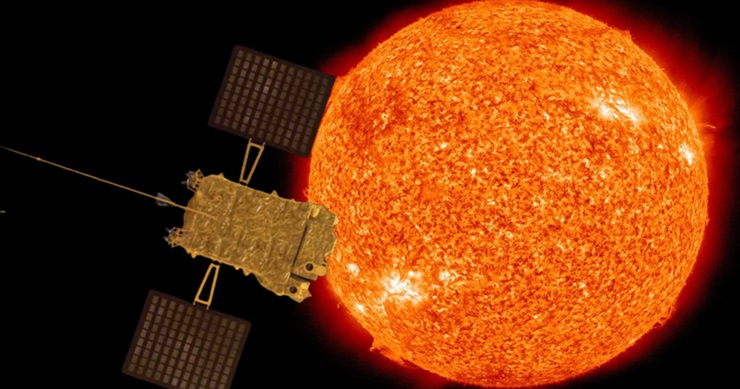India’s first solar probe, Aditya-L1, has successfully captured its initial observations of a solar flare using its onboard High Energy L1 Orbiting X-ray Spectrometer (HEL1OS). This event was recorded shortly after the spacecraft’s launch, marking a promising start for the mission. Aditya-L1 is stationed at the Sun-Earth Lagrange Point-1, a position that allows for continuous solar observation with minimal fuel consumption.
The spacecraft is equipped with seven scientific instruments designed to study various aspects of the sun, including the interplanetary magnetic field and the solar corona. With HEL1OS specifically targeting X-ray emissions from solar flares, researchers aim to gain insights into the relationship between these high-energy emissions and the particles released during such flares. Although HEL1OS detected a solar flare’s X-ray activity, the instrument is still undergoing calibration and is not yet fully operational. This initial success demonstrates the mission’s potential to enhance our understanding of solar phenomena.
Key Takeaways:
- India’s Aditya-L1 mission has successfully detected a solar flare using its onboard X-ray spectrometer.
- The Aditya-L1 spacecraft is positioned at the Sun-Earth Lagrange Point-1, enabling stable observation of the sun with minimal fuel consumption.
- Although the HEL1OS instrument has observed a solar flare, it is still undergoing calibration and is not yet fully operational.
“Aditya-L1, as its name indicates, resides at the Sun-Earth Lagrange Point-1 (L1) , which lies about 1 million miles (1.5 million kilometers) from Earth in the direction of the sun. This spot is gravitationally stable, allowing Aditya-L1 to stay in the same spot without using much fuel, and is a good place from which to observe the sun.”
More details: here


Leave a Reply